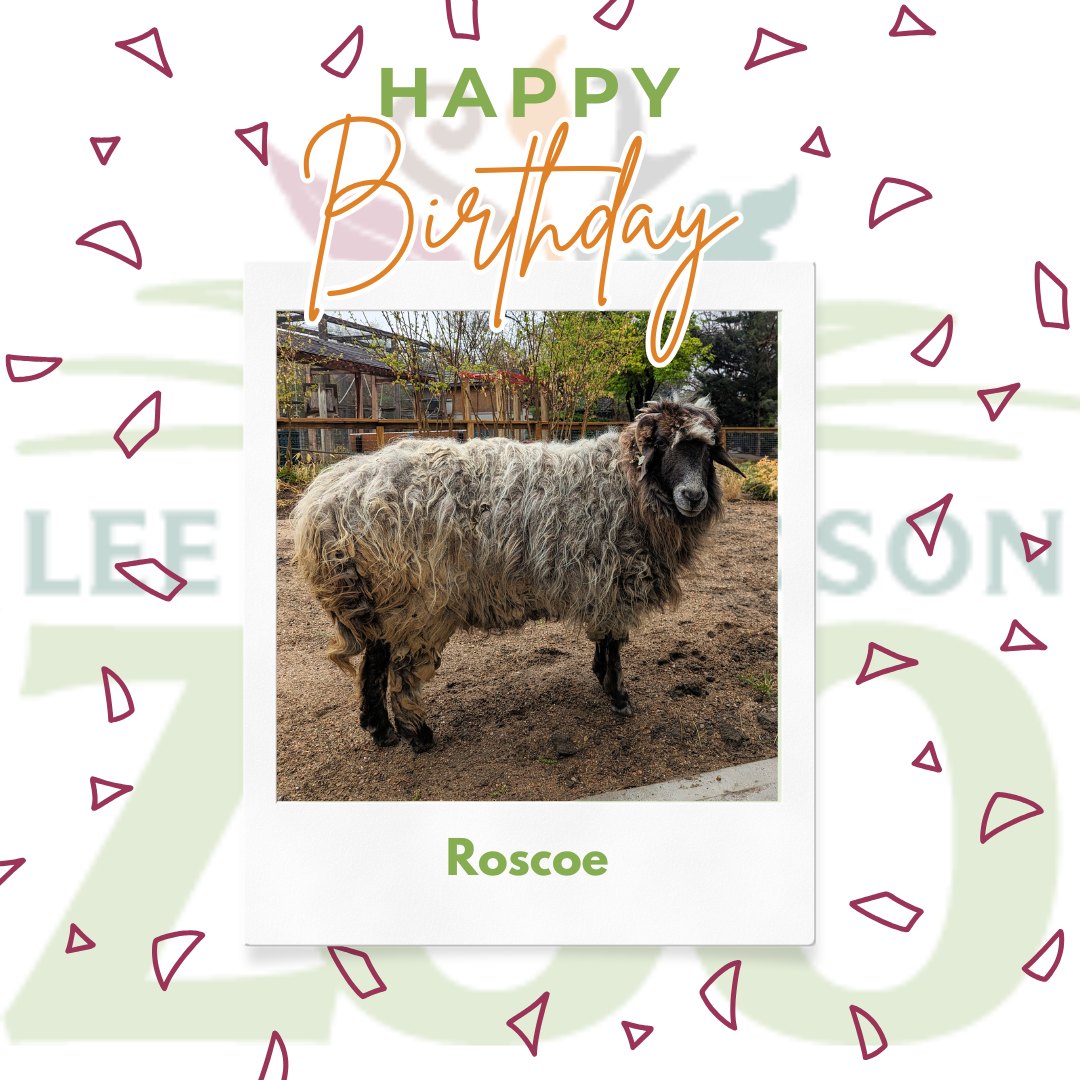- Roscoe the Karakul sheep and his significance in zoology
- Understanding the Karakul breed and their ecological importance
- The role of zoos in wildlife conservation
- Celebrating animal birthdays and their contribution to public education
- The importance of herd behavior in social species like the Karakul
Roscoe the Karakul sheep celebrated his 13th birthday recently, an event that highlights several important themes in zoology, conservation, and education. This milestone offers an opportunity to explore the unique aspects of the Karakul breed and the broader role of zoos in wildlife preservation. It also emphasizes the importance of social dynamics in animal care and public engagement through educational celebrations.
Roscoe represents a fascinating breed known as the Karakul. This breed is one of the oldest domesticated sheep varieties, originating from Central Asia. Known for their hardy nature and adaptability, Karakul sheep play an important role in agricultural systems, particularly in arid and semi-arid regions. Their ability to withstand harsh environments makes them a subject of interest for zoologists studying adaptability and resilience among domesticated animals. The distinctive fat-tail of the Karakul is an evolutionary trait that enables them to survive in tough landscapes by storing energy. This ability to adapt to diverse ecological conditions provides valuable insights into the resilience of species and the importance of genetic diversity.
Zoos like the one Roscoe calls home are indispensable for the conservation of species. Zoos are not merely collections of animals; they are vital centers for research, breeding programs, and conservation efforts. They collaborate internationally to ensure the survival of species facing threats from habitat destruction, climate change, and over-exploitation. Conservation initiatives in zoos focus on breeding programs that maintain genetic variability, providing a safety net for species that may be vulnerable to environmental pressures. Zoos also engage in habitat restoration projects, educating the public about the natural world and encouraging conservation action.
Celebrating animal birthdays, as with Roscoe’s, plays a significant role in connecting the public with wildlife. These events draw attention to individual animals and highlight the intricacies of animal care, fostering a deeper understanding and respect for animal welfare. Birthdays can also promote conservation messages, reminding the public of the species’ natural history and current conservation status. This connection with animals at an individual level helps cultivate empathy and supports educational initiatives that are crucial for fostering a conservation-minded society.
Social behavior in animals like the Karakul sheep is vital for their well-being. Herd dynamics are a critical aspect of their social structure, providing security and enhancing survival. Understanding these dynamics aids zookeepers in creating enriching environments that mimic natural habitats. Enriching social conditions for animals in captivity ensures their psychological well-being and encourages natural behaviors. This has implications for the care and management of captive populations, informing practices that improve the quality of life for zoo inhabitants.
In celebrating Roscoe’s 13th birthday, we not only acknowledge his unique role but also highlight the dynamic interplay between zoology, conservation, and public engagement. The lessons learned from Karakul sheep contribute to scientific understanding and underscore the significance of responsible animal care and education in conservation efforts. These themes are pivotal in promoting biodiversity and fostering a sustainable relationship between humans and wildlife.
*****
Source Description
Happy 13th birthday Roscoe the Karakul sheep!
Or BAAAAAAAAAAAAAAAAAAAAAAAAAAAAAAAAAAAAA!
No matter how you say it, we hope you had a fantastic day Roscoe!


